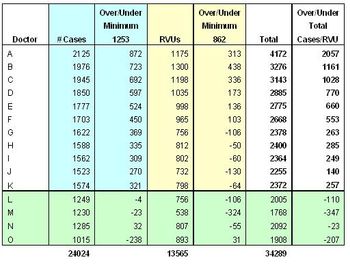
Healthcare reform is game changer but nobody can yet fully articulate the impact of the new rules. How do you plan for the future when there are so many unknowns? This is the second article in a series that examines how healthcare reform is likely to affect radiology practices and how they can prepare for drastic changes to come.


